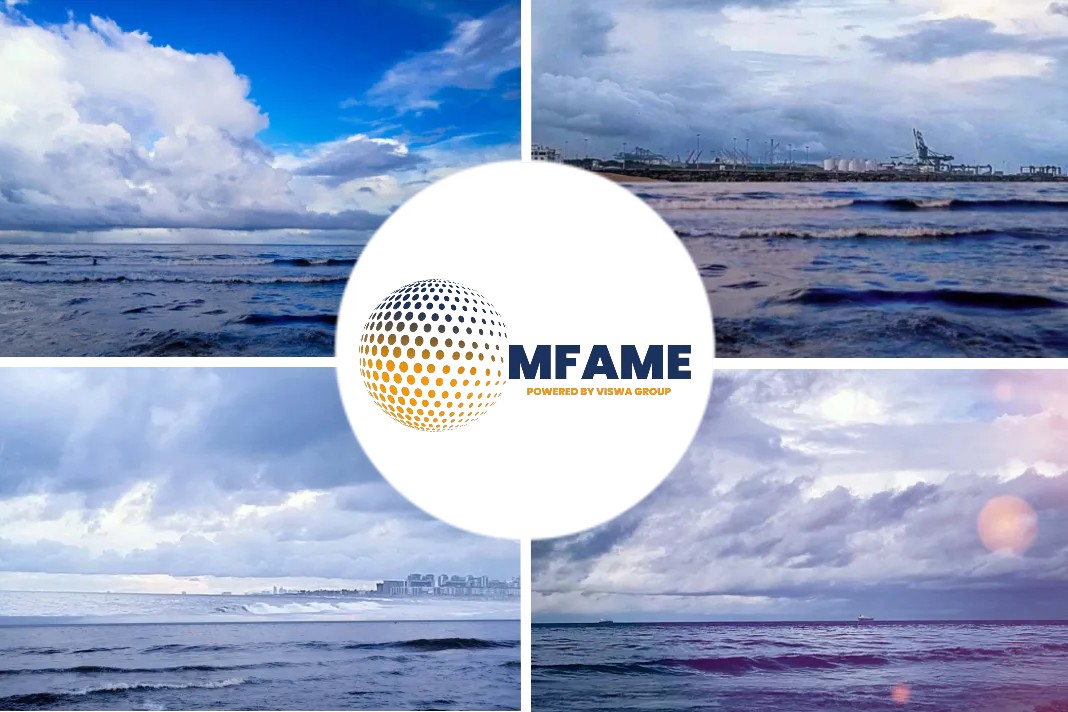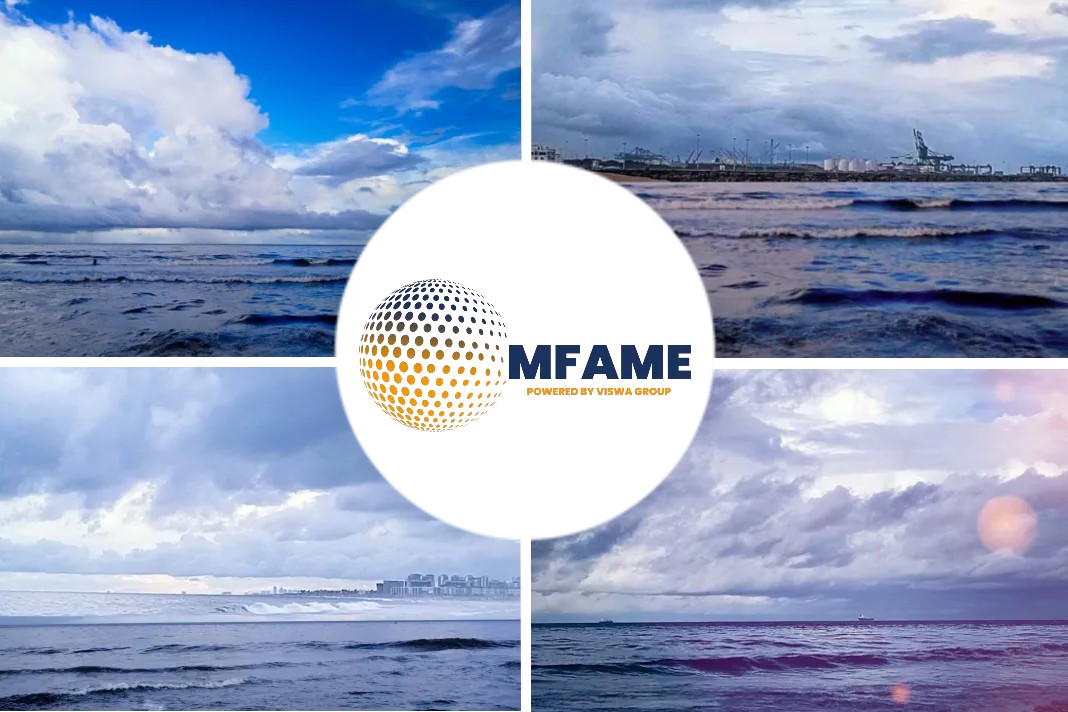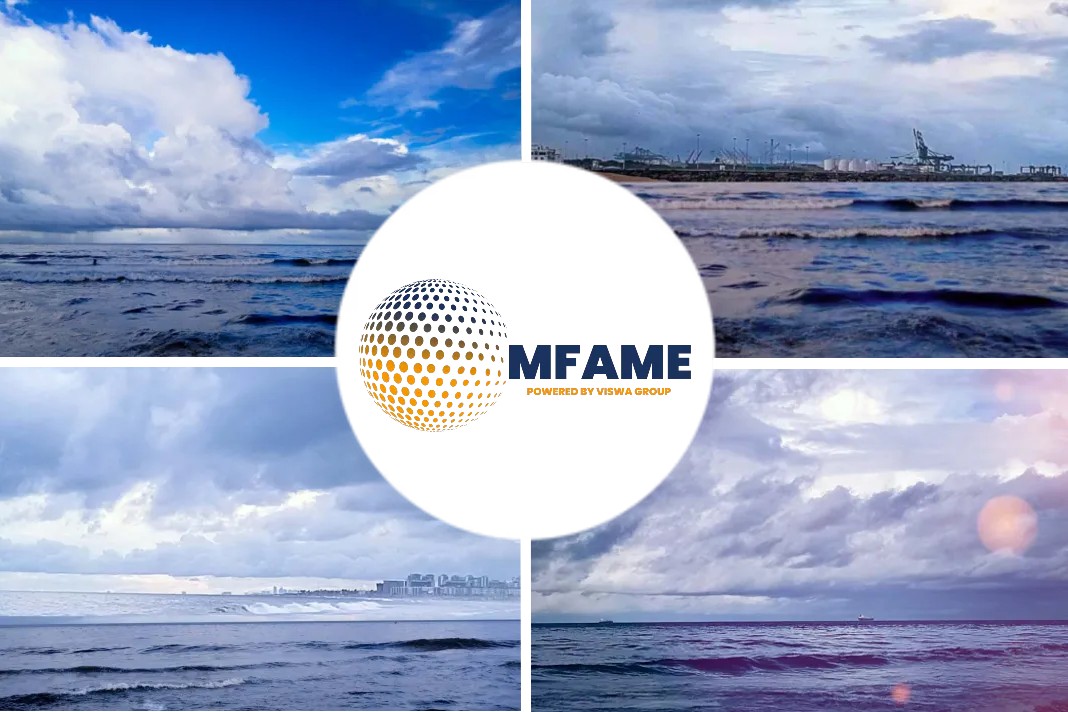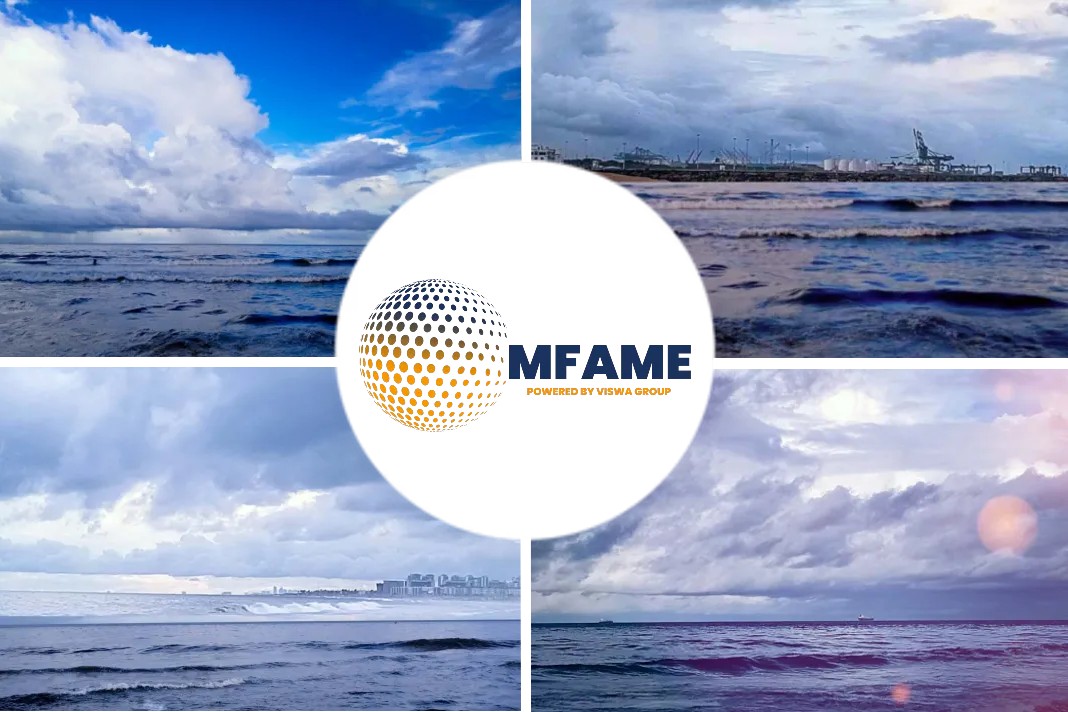 Illicit drug producers continue to develop complex trafficking patterns, targeting commercial vessels and their crew to transit their supply through multiple stopover and transit points. The safety of the vessel, crew and their families can be at risk, and despite the existence of IMO Frameworks to protect crew when under investigation, unknowing seafarers and masters have been detained for extended periods of time in relation to drug trafficking incidents, reports Dryad Global.
Illicit drug producers continue to develop complex trafficking patterns, targeting commercial vessels and their crew to transit their supply through multiple stopover and transit points. The safety of the vessel, crew and their families can be at risk, and despite the existence of IMO Frameworks to protect crew when under investigation, unknowing seafarers and masters have been detained for extended periods of time in relation to drug trafficking incidents, reports Dryad Global.
‘Plague’ of the shipping industry
It is imperative that the appropriate measures are employed and enforced rigorously to mitigate the likelihood and risk of being targeted by these drug trafficking syndicates.
Drug smuggling operations have long plagued the commercial shipping industry, with organised crime syndicates targeting commercial vessels to facilitate the global trafficking of illegal drugs. Despite efforts by governments and international bodies to curb trafficking operations, the global drug market continues to expand with increased demand.
The globalised nature of drug-smuggling operations makes vessels possible targets across Africa, Europe, North America and Asia, operating out of areas which may not be directly affiliated with drug production.
In 2017 both global seizures of cocaine rose to 1,275 tons, the largest quantity ever reported, and cocaine manufacturing reached an all-time high, estimated at some 1,976 tons. Europe has seen record figures in cannabis herb seizures and significant increases in amphetamine seizures, while figures out of The United States suggest increases in methamphetamine, heroine and fentanyl seizures at border posts from 2016 through to 2018. The effects of COVID-19 on the drug trafficking industry are yet to be determined, but greater levels of unemployment, financial insecurity and isolation alongside declining mental health is likely to grow the global market.
 SOLAS & ISPS Requirements
SOLAS & ISPS Requirements
Under the International Convention for the Safety of Life at Sea (SOLAS, 1974), all vessels must adhere to the International Ship and Port Facilities Security Code (ISPS Code). Regulation XI-2/8 reaffirms that the vessel Master has authority in exercising their professional judgement when making decisions about vessels security. Under the ISPS Code, it is the responsibility of governments, port authorities, shipping companies and seafarers to ensure safety and security at port, which includes preventing unauthorised personnel from accessing port facilities or boarding vessels, to implement proper security plans and ensuring all personnel are trained and aware, and having various means of raising alarm if a security threat or incident is detected. The shipping company is responsible for training a ship security officer (SSO) and certifying that the vessel security is carried out by trained personnel. All personnel should be aware of their security requirements under SOLAS and ISPS Code. The International Maritime Organization has employed Fair Treatment Guidelines, designed to protect seafarers’ human rights when under investigation for a maritime incident. The Guidelines define a maritime incident as any unforeseen incident or physical event associated with the operations, navigation or handling of vessels, equipment or cargo onboard ships which may result in the detention of seafarers.
Targeting Methodology
Targeting methodology by drug traffickers has become increasingly complex, particularly as p[;'[national and multilateral efforts to curb drug smuggling intensify. While globally the most common method of drug smuggling is concealment within cargo, methodologies vary greatly in complexity and frequency in different regions. Methodologies common in Latin America example involve attaching drug-filled containers to the bottom of ship hulls with rope, commonly referred to as the ‘torpedo- method’, while methodologies in Europe and MENA countries are largely through concealment within legitimate cargo and the container structures themselves. Common methodologies globally usually involve the use of crew and port staff facilitating trafficking operations, as seen through incidents involving the MSC GAYANE, MSC Carlotta and MV ESER. Drug traffickers have disguised themselves as port officials and Stevedores to bring packages on board, marking cargo containers as checked with replicated official seals, but also to store in engine rooms, or restricted areas of a vessel which are unlikely to be checked. Other reported less-common methods involve concealing drugs in water inlets, rudder trunks, rudder/propellor stern frames and fuel tanks of commercial vessels.
 Mitigation
Mitigation
Prior to Port Call:
• Crew and personnel should be aware that drug cartels may establish communication in an attempt to befriend or achieve a level of cooperation in drug smuggling operations. The risks involved in establishing/continuing communication with these groups are extensive, but put at risk the safety and wellbeing of all those on board. Violence is a common factor of cartels operating from Central and Southern America, and kidnappings, executions and torture are common tools to coerce and intimidate those within and outside of organised crime syndicates.
• All crew should be briefed and reminded of the risks involved with engaging in these group’s operations, highlighting the risks to their personal safety and well-being.
• Record books should be established before calling at port to accurately record all visiting port, health and police officials and as well as stevedores and the areas that were accessed on board the vessel.
• Vessel search plans should be prepared in advance, modified and reviewed as required, in preparation for full vessel searches after leaving port and cargo operations have completed.
Port security/officials should be consulted with beforehand where possible, arranging appropriate security requirements as required.
• All personnel on board must exercise heightened levels of caution and awareness when docked at port.
• Single entry points onto the vessel should be strictly enforced, limiting vessel access to essential personnel only.
• Partial restrictions to movement aboard the vessel by external persons should be enforced, restricting movement in engine rooms, holds, stores and other areas of vulnerability.
• Pre-arranged logbooks should be kept at the single point of entry/exit, and all external persons must record their appropriate details and paperwork, verified by crew before boarding.
• The Master or Chief Officer should be informed if the watch is uncertain as to whether an individual has legitimate reasons to be onboard.
• A crew member/watchman should be present where visiting personnel/stevedores are aboard the vessel, keeping areas of activity under surveillance and reporting any suspicious behaviour to the Master/Chief Officer.
• Watchmen should be aware of all approaching/ smaller vessels in the vicinity of the docked vessel, particularly after-hours under darkness.
• Surrounding waters should be well lit, recognising smugglers may target the hull and rudder of a docked vessel to store/transport drugs.
• Floodlights should be considered as supplementary to primary illumination systems, particularly if there is concern
over a suspicious vessel/individual.
During Cargo Operations:
• Partial vessel searches should be performed, with a full vessel search conducted when operations are completed.
• To ensure effectiveness, vessel searches should be divided between crew and cross checked, rotated randomly by the ship security officer.
• While movement aboard the vessel should be restricted at port, personnel should assume visiting persons have unrestricted access to the vessel when searching.
• Circumstances may prompt a reactive search; particularly unauthorised personnel on board, personnel carrying parcels, entry points temporarily unmonitored, evidence of disturbed stowage, missing keys, or evidence of tampering with tank tops, boat covers and unlocked restricted areas.
• Inspections of the vessel’s hull below the waterline should be carried out before departure.
• Sub-aquatic surveys will determine whether illegal substances have been attached to the vessel’s hull or rudder, areas often targeted by smugglers
 On Completion of Cargo Operations:
On Completion of Cargo Operations:
• Once cargo operations are completed, the crew should perform a full search of the vessel.
• In addition to looking for illegal substances, the crew should be on the lookout for stowaways.
• If there are any suspicions that drugs may have been placed onboard, the Master should request a comprehensive vessel inspection, including inspection of the vessel’s hull below the waterline, before departure.
• The most common measure is the anti-smuggling sub-aquatic survey to ascertain that no illegal substances are attached to the vessel below her waterline.
Leaving Port
• A full vessel search should be conducted as the vessel leaves port.
• Personnel should maintain vigilance when leaving port, identifying and reporting suspicious activity.
• Inflatables and skiffs may approach a vessel to retrieve drugs attached to the external hull to avoid detection from coast guard and police forces patrolling the immediate coast.
The International Maritime Organisation (IMO) outlines the following information under Resolution FAL.9(34), the Guidelines for the Prevention and Suppression of the Smuggling of Drugs. These guidelines outline the following actions to be taken should drugs be found aboard the vessel, whilst at, or leaving port.
• Another person must witness the position of a suspicious package or bag before taking any action. If possible, take photographs of the package or bag as it was found, i.e. find a witness (avoiding the “minder”).
• Handle as little as possible and remember there may be fingerprint evidence on the package or bag.
• Where necessary, taking handling precautions, remove the goods to a safe place under lock and key. Guard if necessary.
• If at sea, record any discovery in the ship’s log. Include as much detail as possible: date, time, location, approximate quantity, person detecting, names of witnesses, etc.
• Do not disclose the find, and limit information to persons who need to know.
• Notify the competent Authorities at the next port of call before entering territorial waters. Failure to do so could result in charges of drug trafficking.
• Do not allow crew members to disembark before being interviewed by the competent Authorities.
• Protect any wrapping and anything else found in the space.
• Consider searching similar locations and spaces.
• Write a report as soon after the event as possible. Include everything that occurred. Making a sketch plan of the space and area often proves
Read the full report here
Did you subscribe to our daily newsletter?
It’s Free! Click here to Subscribe!
Source: Dryad Global


















